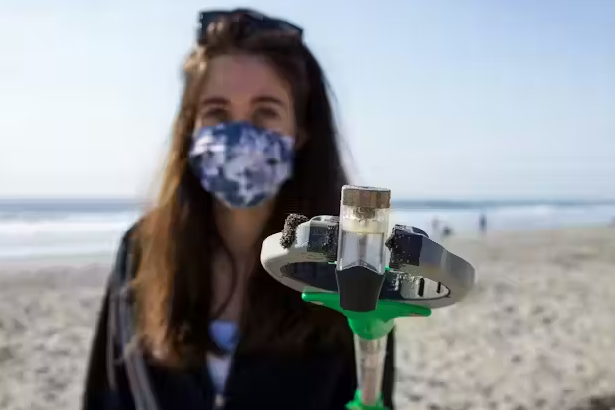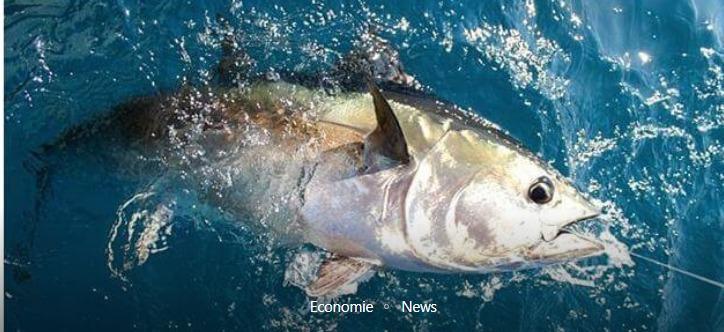Plastics are everywhere, from our oceans to our lungs. But contrary to what one might believe, they never truly disappear. As they fragment, they become invisible pollutants, even more dangerous to our environment and health.
Plastics were designed to be durable and resistant. Every year, over 12 million tons of plastic end up in the oceans; but contrary to what one might think, their disappearance does not mean they cease to exist. On the contrary, they transform: into microplastics, nanoplastics, even releasing toxic gases and many chemical additives – such as bisphenols or phthalates.
Ironically, this is what makes them so appealing for the industry and society in general, while also making them almost indestructible. Indeed, plastics are designed to last. Their chemical structure, based on long carbon chain assemblies, makes them particularly resistant to degradation and biodegradation. Unlike wood, paper, organic waste, or cotton, plastic polymers are not digestible by most microorganisms like bacteria and fungi.
But their resistance comes not only from their structure: chemical additives, like UV stabilizers that protect the plastic from UV rays or flame retardants, are added to enhance their properties and slow down degradation. A Fragmentation That Aggravates Contamination
Instead of disappearing, plastics fragment under the effect of the sun, waves, and friction with sand or rocks. This progressive breakdown generates microplastics (less than 5 millimeters) and nanoplastics (less than 1,000 nanometers), invisible to the naked eye but persistent in the environment.
Exposure to ultraviolet (UV) rays gradually breaks down the molecular bonds of polymers in a process called photodegradation. But even under prolonged exposure, it takes decades for a simple plastic bag to start fragmenting. In the oceans, currents and waves accelerate the fragmentation of plastic waste and promote the formation of micro and nanoplastics.
Our ongoing work shows that this phenomenon goes far beyond simple fragmentation. In the laboratory, we observed that polyethylene, exposed to UV and mechanical forces from water, produces microplastics and nanoplastics at an accelerated rate. And a significant release of chemical additives. After a few months of exposure, substances like titanium dioxide migrate out of the polymer and contaminate the water.
Worse, our study shows that polyethylene photodegradation produces greenhouse gases, including methane (CH4) and carbon dioxide (CO2), at a rate of about 300 grams per kilogram of polyethylene, according to our experiments. In other words, plastic doesn’t just pollute: it also contributes to climate change. An Omnipresent and Invisible Pollution
Micro and nanoplastics, light and almost invisible, travel through all environmental compartments. In water, they are ingested by fish and mollusks, thus entering the food chain. In soils, they disrupt biodiversity and the fertility of agricultural land. In the air, they form aerosols carried by the wind, which can be inhaled by humans and wildlife. They have even been found in mountain snow and rain in protected areas.
More worryingly, microplastics were detected in drinking water in 2024, both in bottled water and tap water. In response to this situation, the Syndicat des eaux d’Île-de-France, for example, is considering installing membrane filters to try to limit contamination.
Is Recycling Enough?
Recycling more seems like an obvious solution, but in reality, only a fraction of the plastics produced worldwide is actually recycled. The majority is buried, incinerated, or dispersed in the environment.
Regulations are evolving but remain limited. In France, the Agec law of 2020 bans the use of plastic microbeads in cosmetics, for example; but 63.1% of microplastics from tire wear and textiles still slip through the cracks.
What Solutions to Slow Down This Invisible Pollution?
Reducing the production of all types of plastics is the most effective solution. Today, recycling remains limited, mainly due to chemical additives, whose composition is often secret. This opacity complicates their reuse and reduces the quality of recycled plastics. It is therefore crucial to limit these additives, not only to improve recycling but also because many are toxic to the environment and end up in water, air, and living organisms.
Other avenues exist: developing truly biodegradable materials, improving wastewater filtration while considering all plastic degradation products (micro and nanoparticles), establishing standardized methods for quantifying micro and nanoparticles in the environment, and exploring the potential of certain bacteria capable of degrading plastics.
But without strong action at the source, this invisible pollution will continue to accumulate. Plastic is not just a waste: it is an insidious pollutant that infiltrates everywhere, from soils to our food. There is still time to act, but without awareness and drastic measures, this pollution could soon become irreversible.
Source: theconversation



